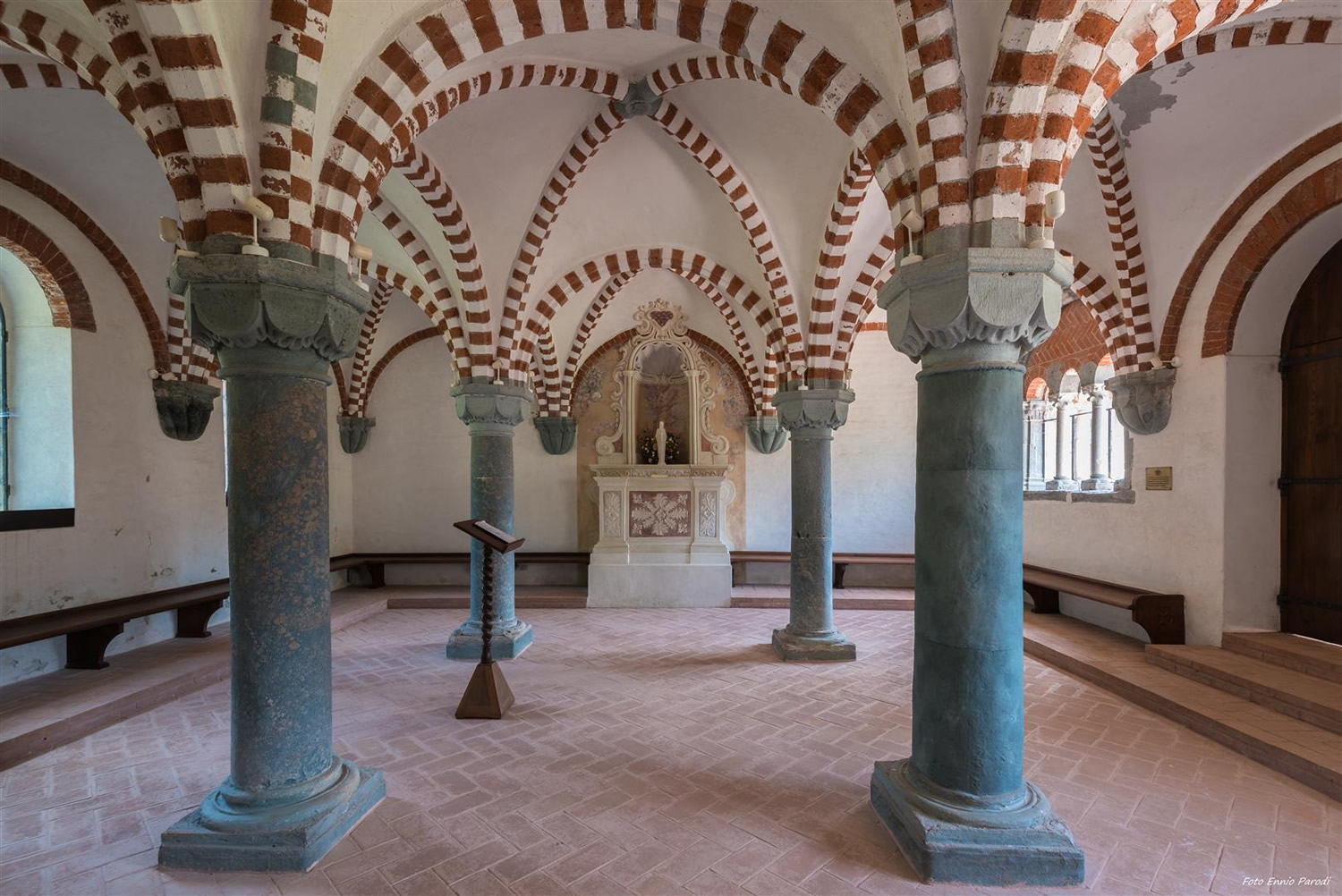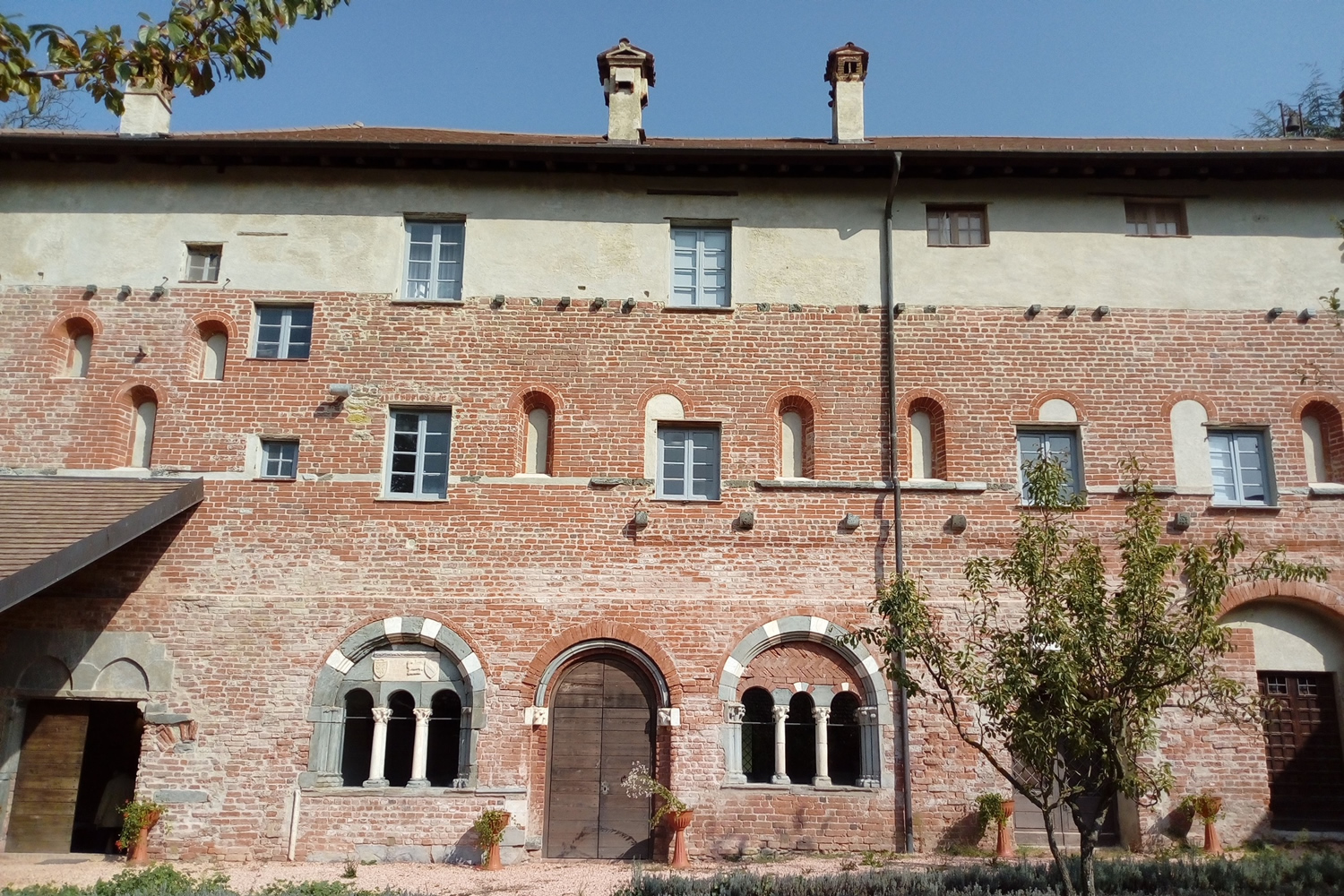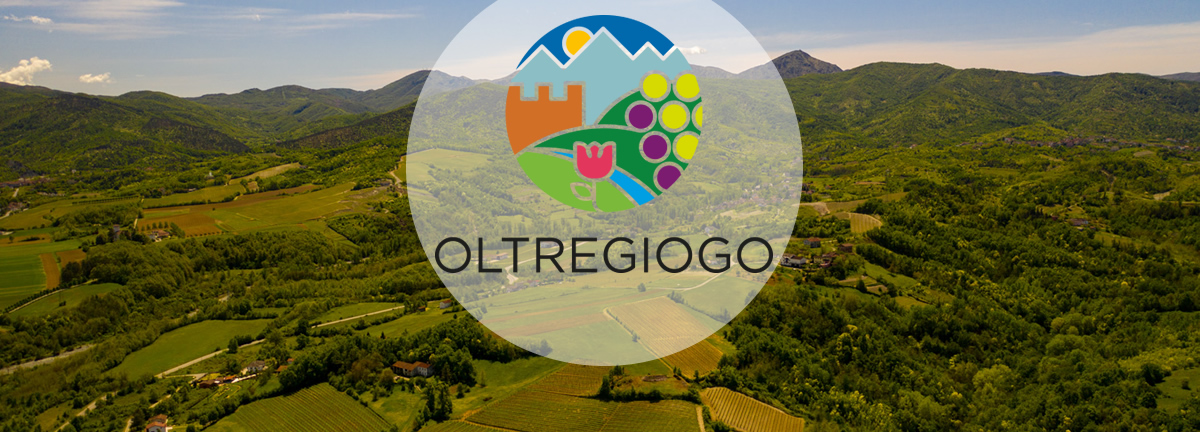Tiglieto, as the toponym suggests, is a large forest: chestnut trees, locust trees, maples, alders, hazelnut trees, lime trees and oaks form dense woods that cover the left side of the upper Orba valley. The southern offshoot of the territory reaches the Faiallo pass, the Turchino to the west, as far as the Beigua Park.
In this place there was the first settlement of Cistercian monks in Italy, founded in 1120 where a Benedictine monastery had previously stood. Saint Bernard stayed here and an important battle was fought in 1747 between the Austrians and the Genoese. As in other places, the presence of the monks gave impetus to agricultural and artisan activities.
THE BADIA OF TIGLIETO
The Abbey of Santa Maria della Croce, more commonly known as Badia di Tiglieto, was founded on 18 October 1120 by a community of monks from the French town of La Fertè. From the documentation found it was possible to deduce that Anselmo del Bosco was among the main founders and financiers. The first monks were led by Abbot Pietro who founded and ran the Abbey. The reference to Mary and the Cross connects to some of the main elements of the Cistercian order, as well as the architectural features.

The Cistercians, called white monks due to the colour of their habit, based their lifestyle on distancing from the world, manual work, prayer and spirituality as foreseen by the Rule of Saint Benedict. The order was recognized and approved by Pope Callixtus III in 1119, with the condition that the monks were economically self-sufficient. Among the abbots of the Badia there was Gerardo Da Sessa, in a period between 1203 and 1210, future cardinal and archbishop of Milan.
In 1635, the Abbey was entrusted to Cardinal Lorenzo Raggi. During the stay of the Raggi family, the building was subjected to major transformations, including the moving of the convent to the upper floor and its transformation into a home, the replacement of the wooden trussed roof of the central nave with a barrel vault, and with cross vaults in the side naves.

INTERIOR DECORATIONS
Two of the most evocative rooms of the complex are the “Armarium” and “Capitolare” rooms, the ceiling of which is supported by imposing columns characterized by octagonal capitals. Most of the interior furnishings were moved to the parish church of San Bernardo and Santa Maria Assunta in Casavecchia, including the two ancient wooden confessionals, two shell-shaped stoups supported by an angel’s head and the trefoil cross, which it is now located next to the main altar, which bears a Florentine lily, which suggests a gift from the Medici family to the Raggi marquises.
INTERNAL STRUCTURE AND SURROUNDINGS
The Abbey, consisting of a church and convent, is surrounded by a suggestive landscape home to many centuries old sycamores and cedars. The original structure dating back to the Middle Ages has been completely transformed. The entrance is located on the eastern side and is composed of a door with jambs and an arch of black and white stone ashlars, probably from Genoa.
NAPOLEON’S BRIDGE AND OAK
Not far from the Badia stands the five-arch bridge that crosses the Orba river. At one end of the bridge there is an old oak called “Napoleon’s Oak”, declared a monumental tree by the then State Forestry Corps. The name derives from the engraving that forms the letter “N” on the bark, proof of the fact that Napoleon Bonaparte passed over the bridge.
HIKING RING
In the surroundings of the Badia there is a circular hiking itinerary, ideal for walkers and cyclists. The route follows the dense network of paths and mule tracks created in part by the monks. Along the path it is possible to observe coniferous forests, clearings and fruit chestnut groves. Further on you walk along the banks of the Orba river and you can observe the suggestive gorges from raised points. The route ends at Napoleon’s Oak.
Gallery
